Vintage Photos of Tree Worship at Western College for Women
Tree Day was an annual celebration of nature and drama.
The freshmen class gives a Pierrot and Pierrette dance in homemade costumes, 1915. (All Photos: Courtesy Miami University Libraries)

On May 13, 1891 in Oxford, Ohio, a group of spade-wielding young women in long, black robes encircled a poplar sapling and sang to it in unison.
They were not, as it may sound, engaged in some act of witchcraft. Rather, the women were celebrating “Tree Day,” an annual springtime pageant at Western Female Seminary in Ohio (renamed Western College for Women in 1904).
Western began celebrating Tree Day in 1890 and continued to do so every May until 1956, when the festivities merged with a fall celebration called College Day. Modeled after a carnival held at Wellesley, a women’s liberal arts college in Massachusetts, Tree Day quickly became an elaborate arbor day ceremony that culminated in the planting of a senior class tree. In a program replete with rhymes and songs, students celebrated springtime, the beautification of their campus, and the ascent of the underclassmen.
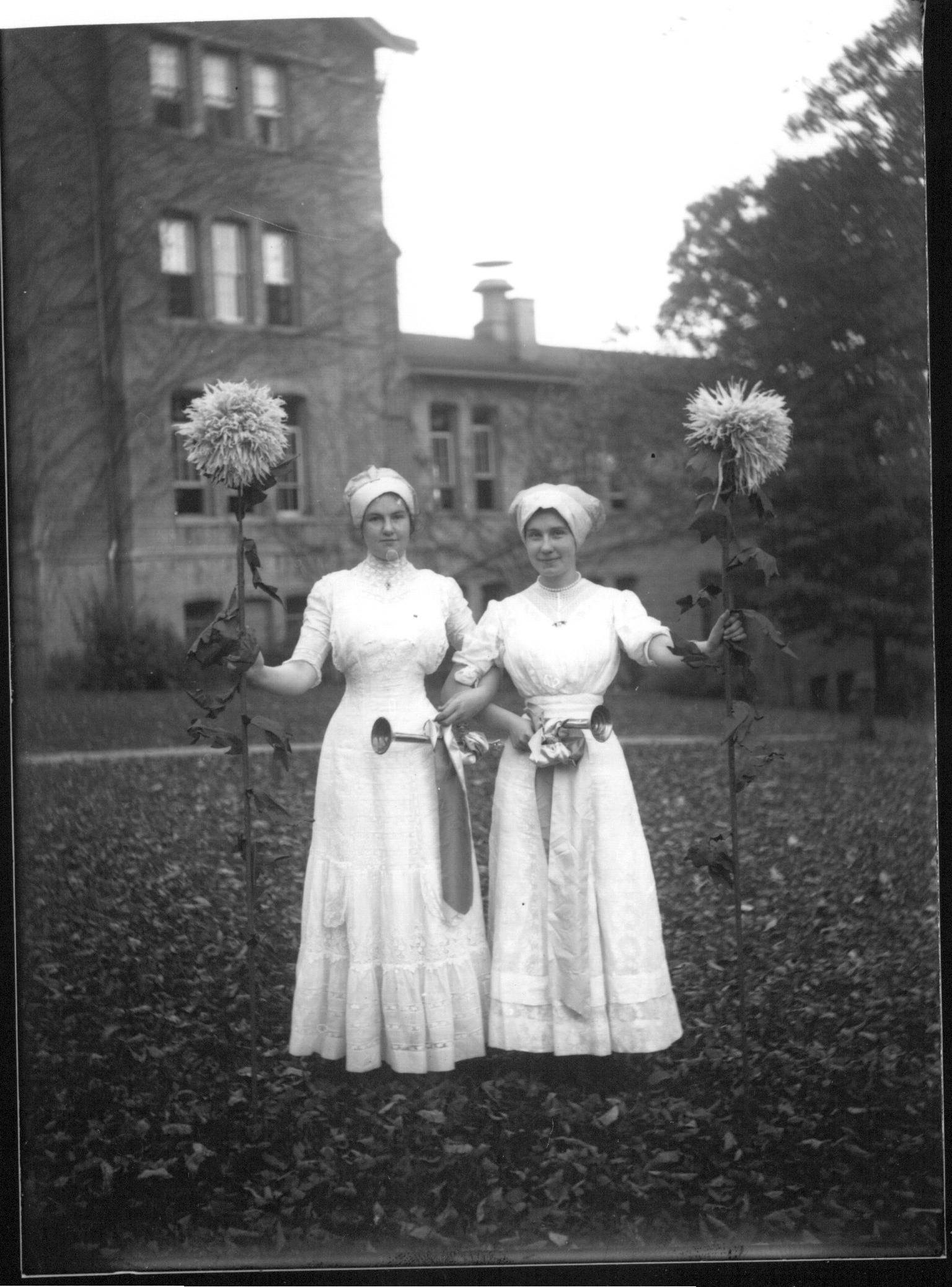
Two Western College students celebrate Tree Day, 1910.
While both Western College and Tree Day are no longer—Western merged with nearby Miami University in 1974—an impressive photographic record remains of the strange, ethereal beauty of bygone Tree Days. These images, from the Miami University archives, are the work of Frank R. Snyder, a prolific photographer who captured Oxford, Ohio life in the early 20th century.
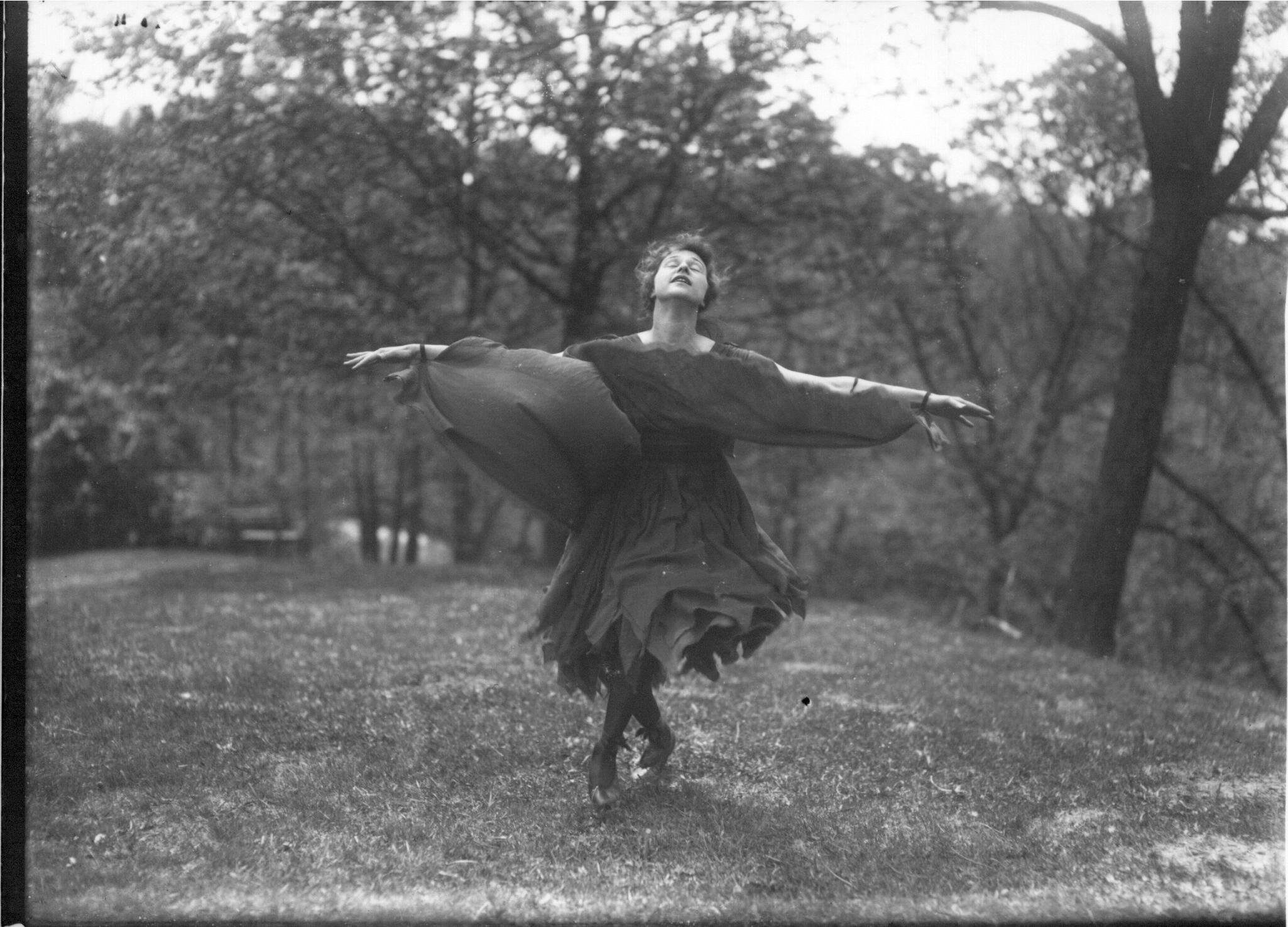
An unknown Western student, 1916. That year, Tree Day was “exceedingly windy and cold,” according to record kept in the library.
The local paper, The Oxford News, printed extensive coverage of the 1891 festivities. “Gray was the sky and anxious were the eyes that looked up into it,” the article began, but by noon the clouds had cleared and “the day was declared perfect” for the processions, songs, and speeches that followed.
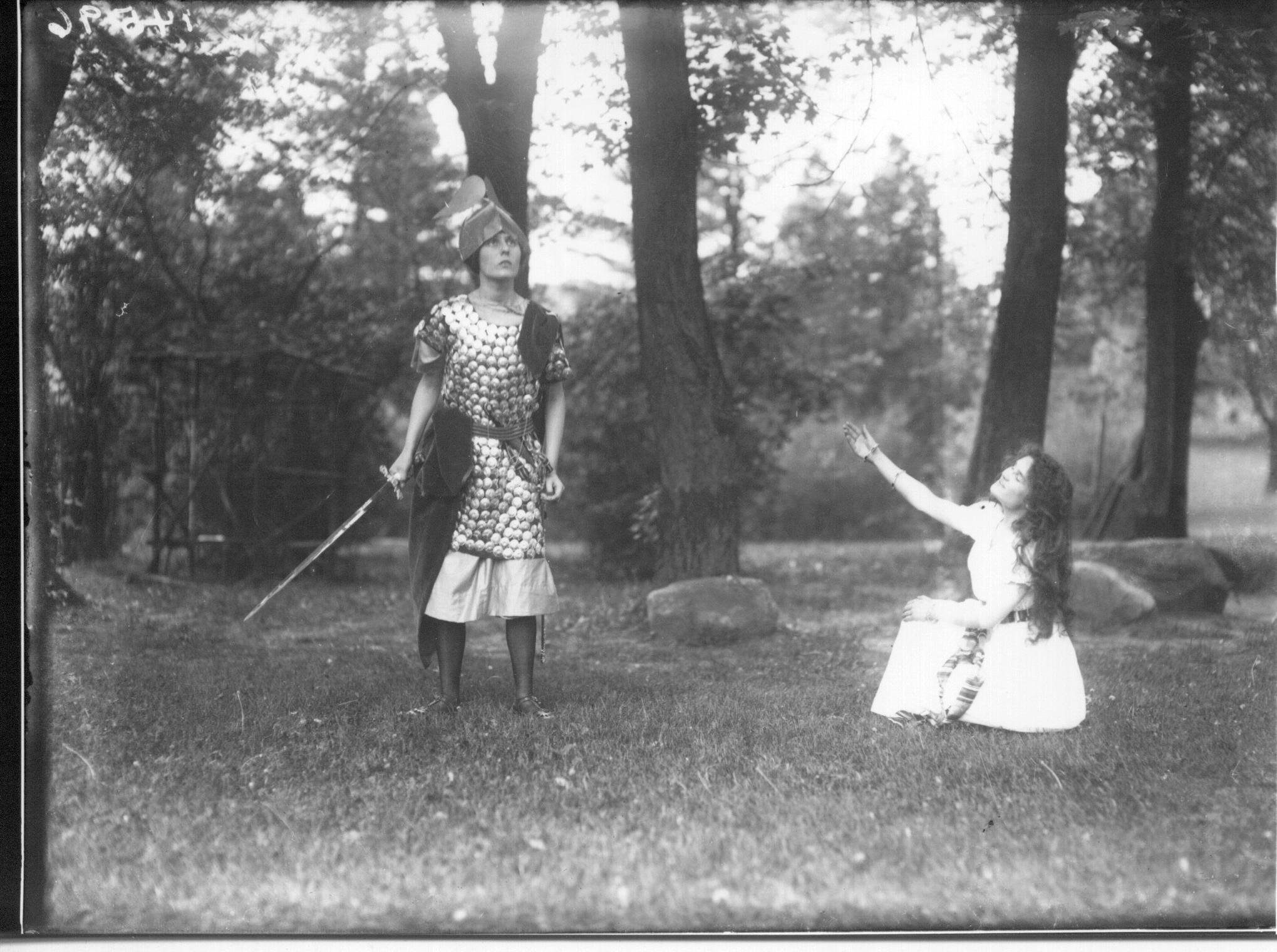
Western College seniors performing The House of Rimmon by Henry van Dyke, 1915.
Tree Day took place just weeks before graduation, as seniors prepared to step out into a wide and unfamiliar world. Western, a seminary, sent many of its graduates overseas on extended Christian mission trips. According to archivist Jacqueline Johnson at Miami University Libraries, “they went to Syria, Iraq, Iran, China, Mexico—all over the world. Some went with their husbands, but many went alone.”
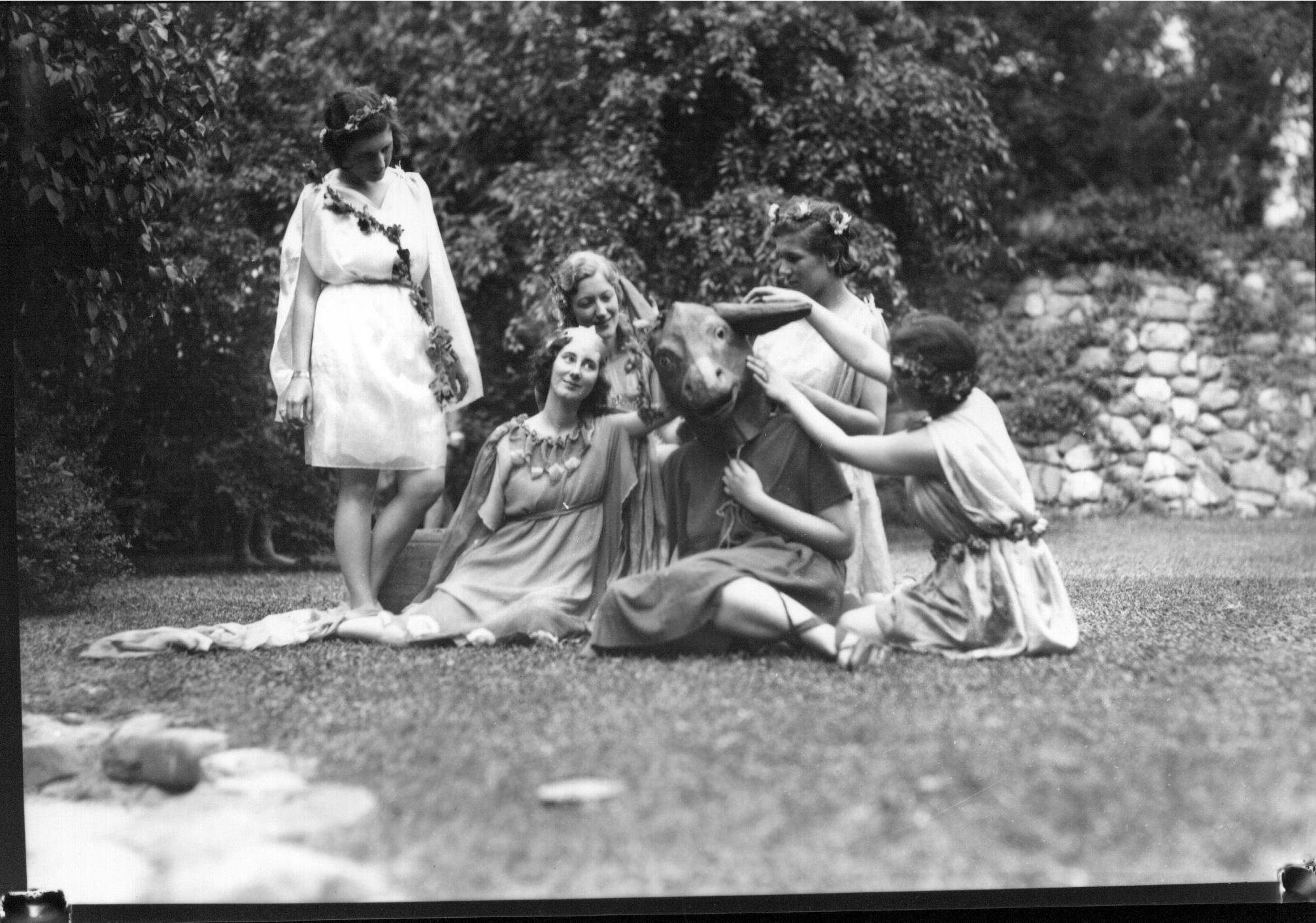
A Midsummer Night’s Dream scene at Tree Day in 1933.
The sheltered midwestern seminarians who graduated from Western College in the late 19th and early 20th century went on to participate in a massive “civilizing” project that would reshape values and belief systems around the world. But at Tree Day, the fresh-faced young women of Western were absorbed in matters closer to home. They concluded with a performance of “Tree Song,” which was printed in full in The Oxford News.
Hail, king of the forest!
Though sturdy young oak,
Which we bring as our tribute
With hearts full of hope,
That you may long flourish
As a type of our class,
Be strong, brave famous,
Excelling all past.
Be strong in your trials,
Be brave in defeat.
Endure winter’s chillings,
Ignore summer’s heat,
Rear up your head proudly,
And let the world see,
Thou art lord of the forest,
A noble oak tree.
Steeped in the metaphor of rootedness on the eve of their departure, the robed students flung spadefuls of dirt onto the tree. The Oxford News called it “a red letter day.”

A Tree Day procession, 1912. That year, the students performed As You Like It as part of the festivities.
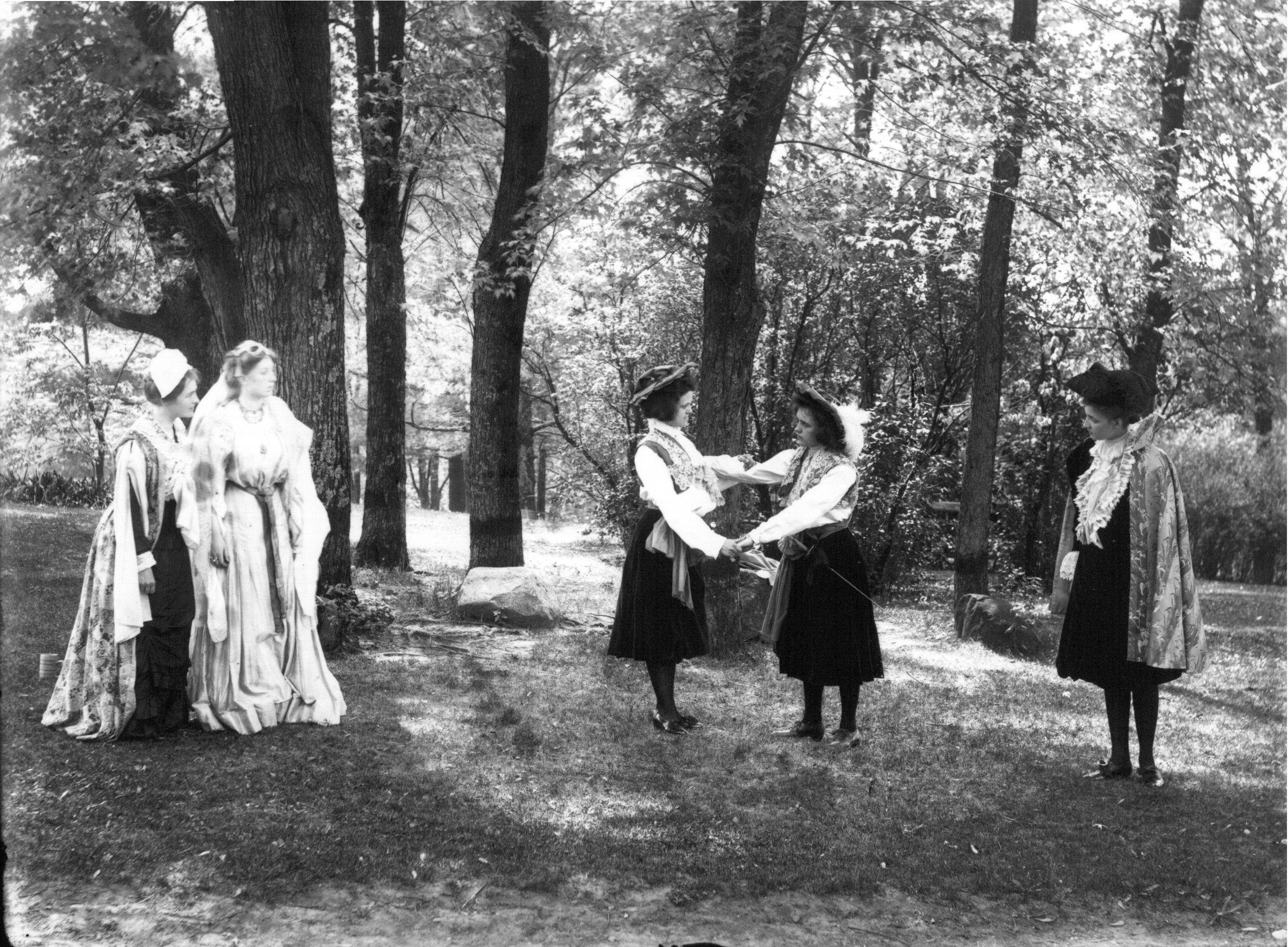
An al fresco production of Twelfth Night in 1906.
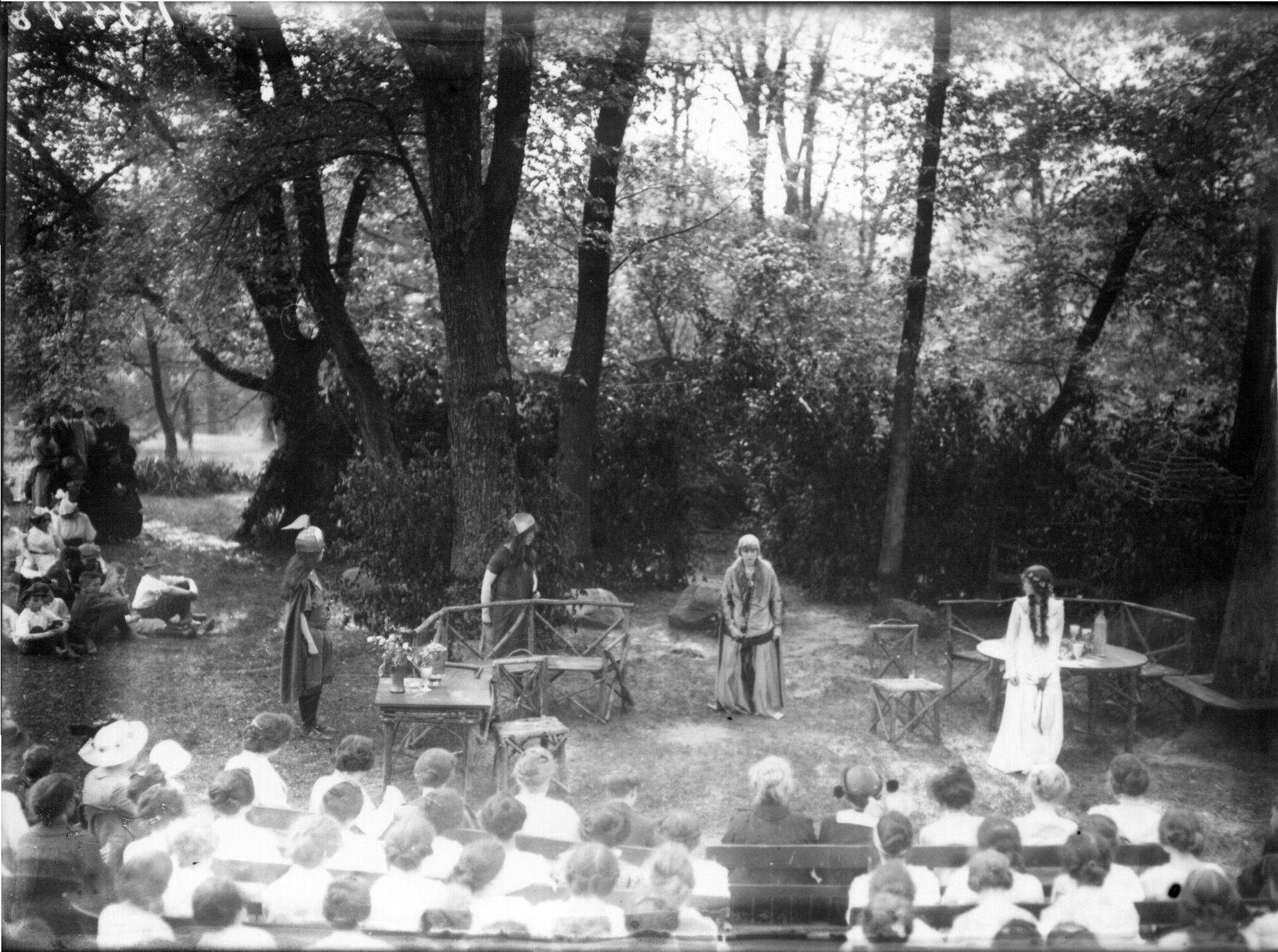
An outdoor performance on Tree Day 1914.

Dancers around the May pole at Western College on Tree Day, 1916.

Two Tree Day enthusiasts in 1913.
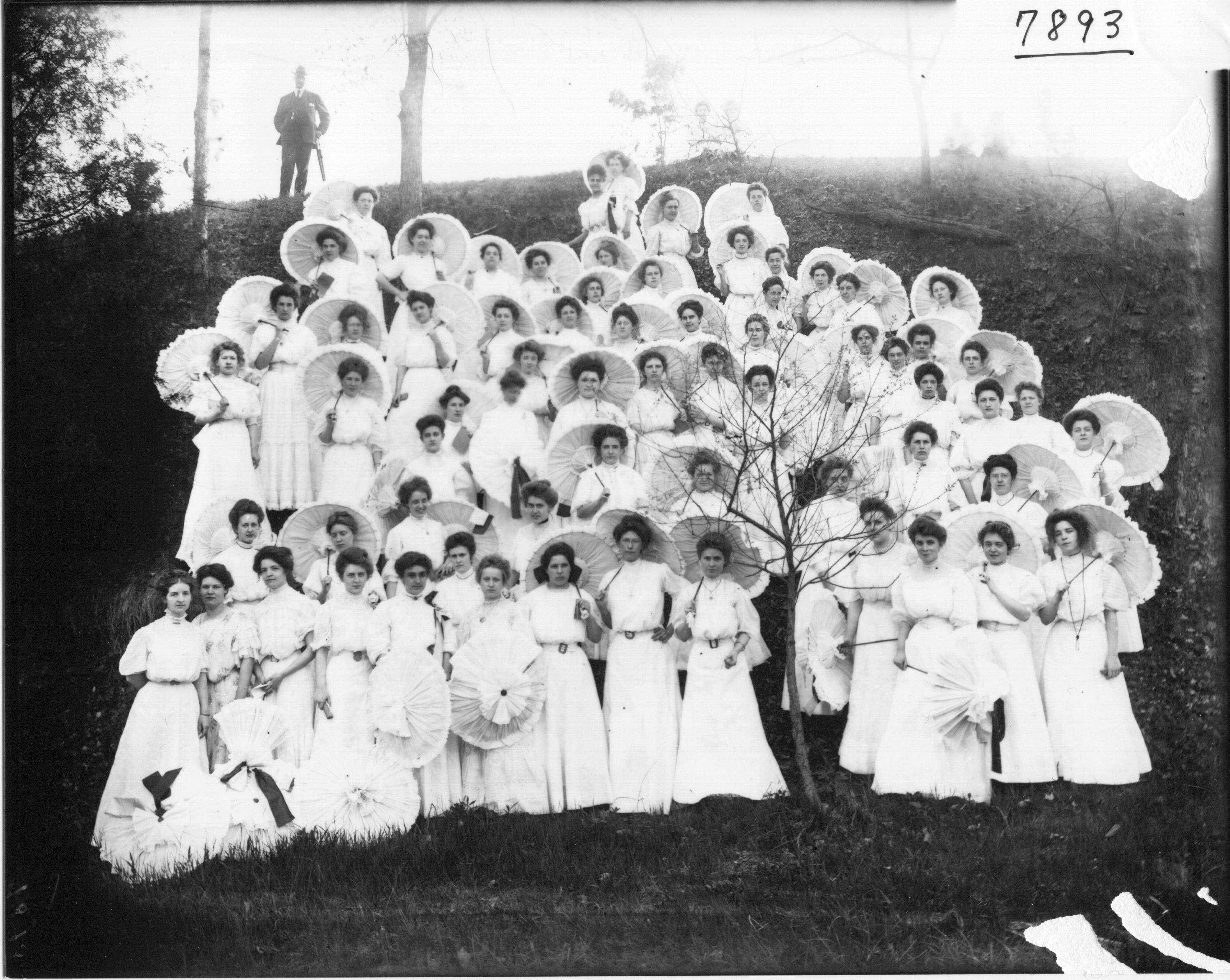
Students with parasols in 1907.
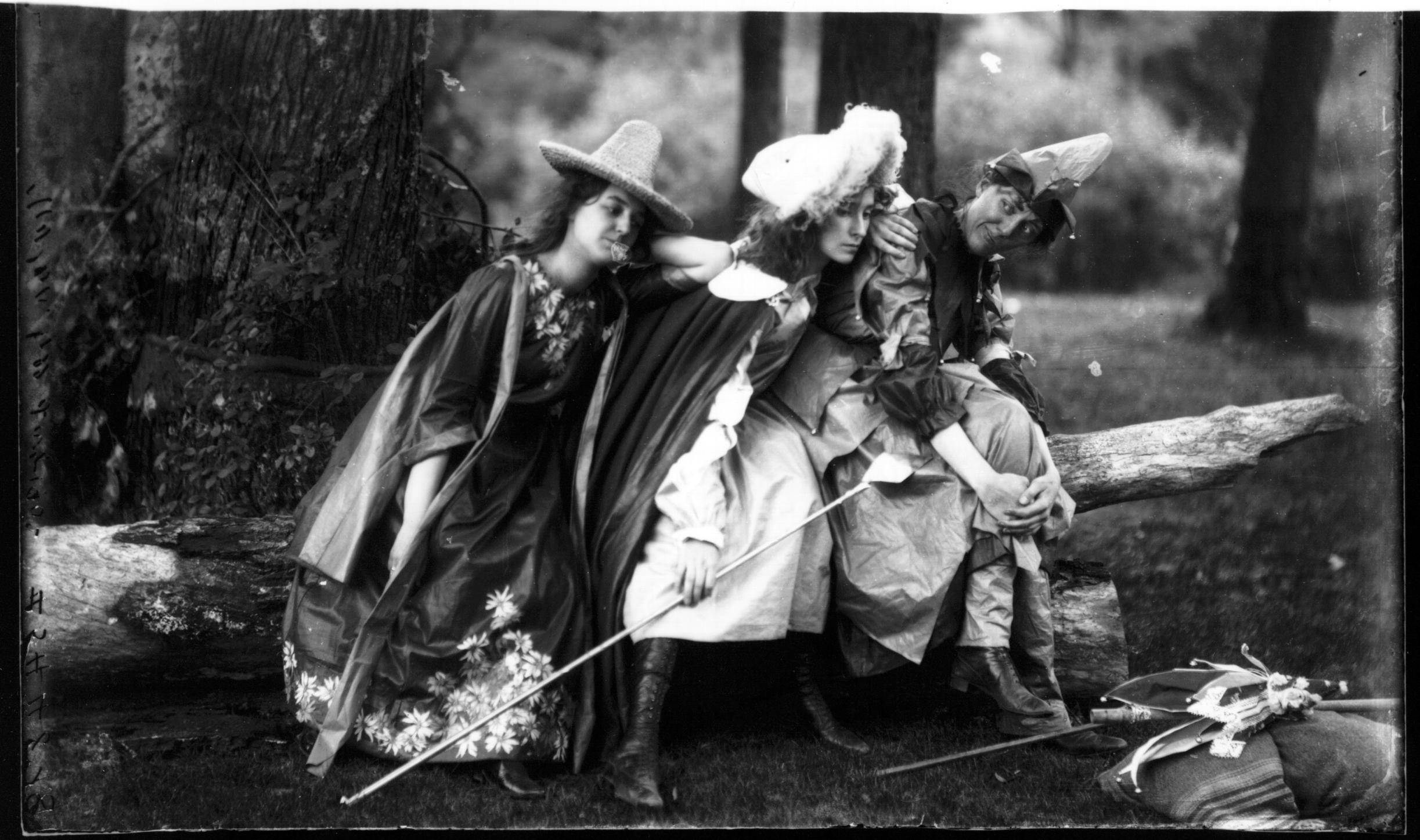
Performers at the 1902 Tree Day.

Getting in formation at Tree Day, 1914.

Spirited frolics in 1933.

A dramatic performance in 1933.
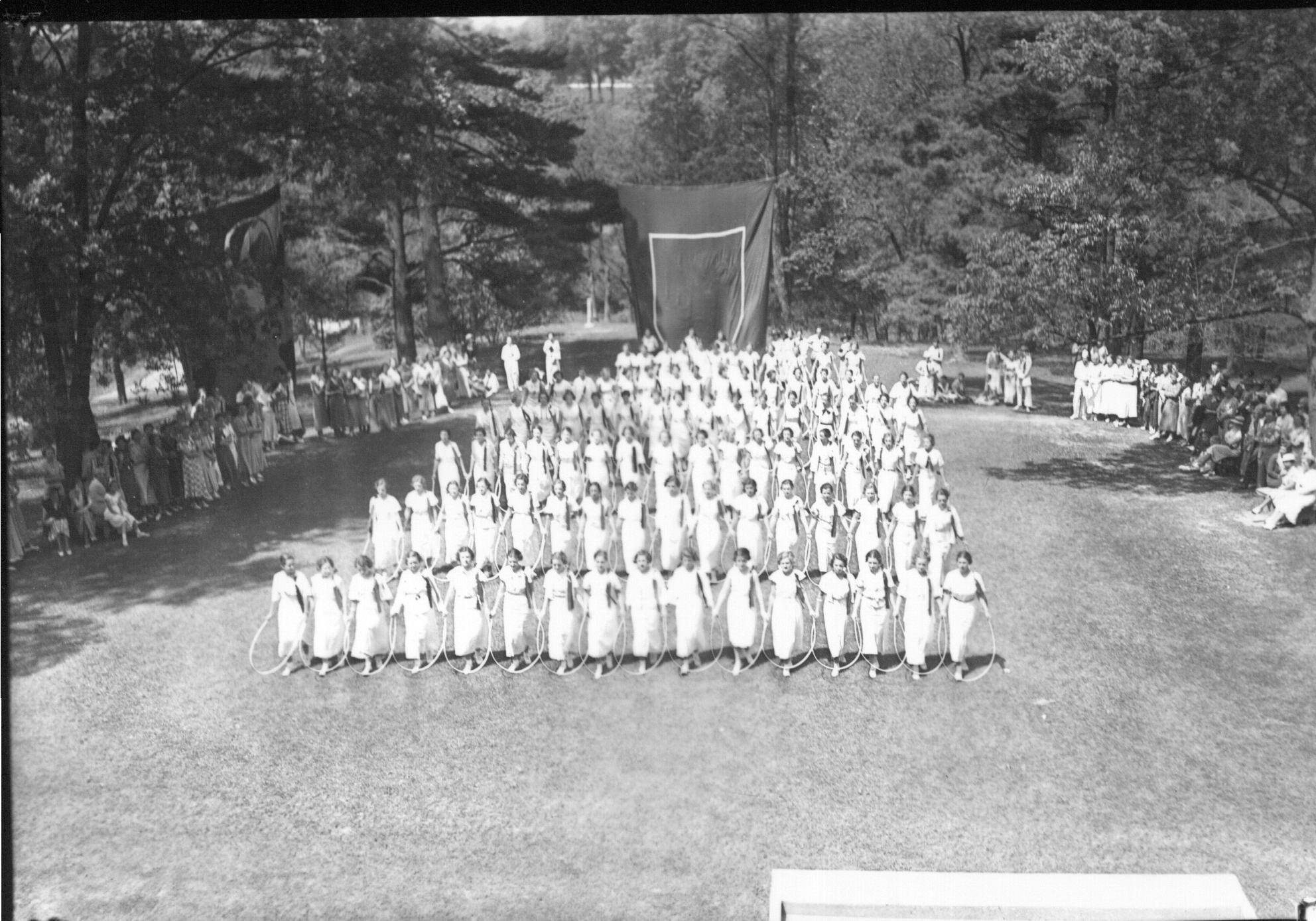
Promenading with hoops, 1934.

Characters conspiring at the 1933 Tree Day.














Follow us on Twitter to get the latest on the world's hidden wonders.
Like us on Facebook to get the latest on the world's hidden wonders.
Follow us on Twitter Like us on Facebook